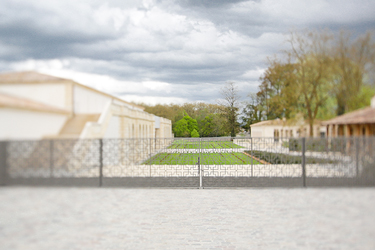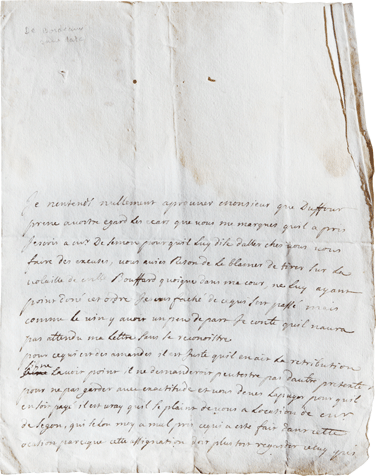
CREATION OF THE ESTATE
François d'Alesme, squire and advisor to King Henri III at the Bordeaux Parliament, created the estate.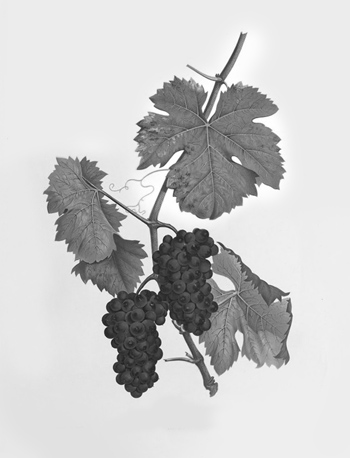
A REGISTERED "CRU"
The vineyards appeared, and the "cru" was registered for the first time. The estate, passed down from generation to generation, belonged to the d'Alesme family, who were also well-known Bordeaux parliamentarians in the 16th and 17th centuries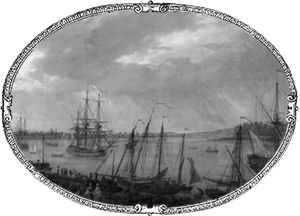
CONSTANT CHANGE
Pierre-Vincent de Paule, Marquis d'Alesme, a high-ranking Bordeaux nobleman, focused on making the estate famous.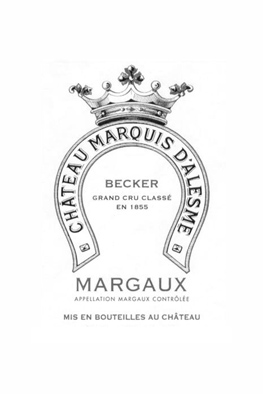
IN THE WORLD OF FINE WINES
A Dutch merchant, Jean Bekker-Teerlink, purchased the estate in 1810. He Germanicised his name as "Becker" and added it to the estate name, which became Marquis d'Alesme-Becker. Only a few years' work were necessary to produce a great Medoc wine.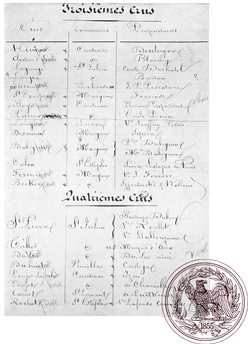
CLASSIFICATION - Marquis d'Alesme-Becker - 3rd Grand Cru Classé
This classification familiar to all wine buffs was published on April 18, 1855 at the request of Napoleon III to coincide with the Paris World's Fair of 1856. The Château Marquis d'Alesme-Becker, which had belonged to the Sznajderski family for two years, was recognised as a member of the "Troisièmes Crus" family.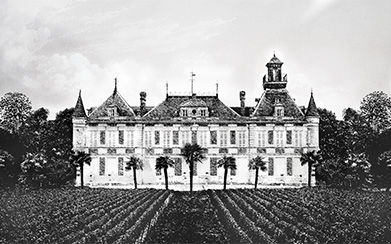
The château
The Louis XIII style château was built on the estate.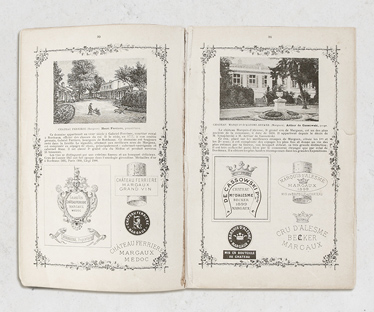
A heaven of peace
When Mr Sznajderski died, his son-in-law Arthur de Gassowski, a naturalist painter who loved southwest France, took over the estate and left behind Paris exhibitions to devote himself entirely to his beloved vineyards.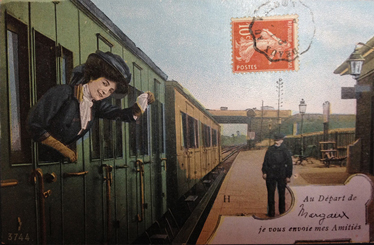
HANDOVERS
The estate became the property of Count Jean-Jules Théophile Chaix-d’Est-Ange, a famous lawyer who owned Château Lascombes. When he died, his adopted son Count Emmanuel de Bourg de Bozas sold the estate to the Scottish wine merchants W.H. Chaplin & Co. Ltd., owners of Château Malescot Saint-Exupéry.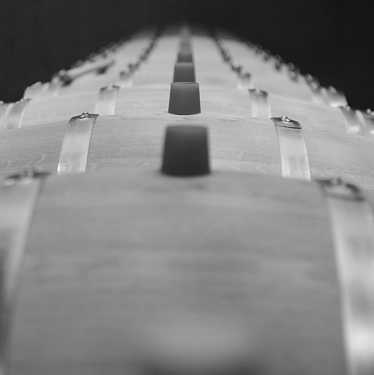
A MAJOR DEVELOPMENT
Edmond Ritz, a mining engineer from Alsace, purchased the estate, eager to flee the German occupation. His grandson Jean-Claude Zuger, took over management of the estate in 1979 and built new cellars with a capacity of 250 barrels.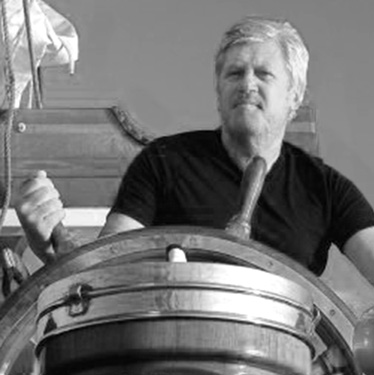
THE WINDS OF CHANGE
Leading French industrialist Hubert Perrodo, the founder of the oil group Perenco and owner of Château Labégorce, purchased the estate, while the house remained the property of the Ritz-Zuger family. Major restructuring work was undertaken on the vineyards.
A vision
Nathalie Perrodo appointed Marjolaine Maurice de Coninck as general director of Domaines Perrodo. Together they took up the challenge of entirely restructuring the estate (its vineyards, cellars, and markets) with the aim of bringing Marquis d’Alesme back to its former glory. Together they took up the challenge of entirely restructuring the estate (its vineyards, cellars, and markets) with the aim of bringing Marquis d’Alesme back to its former glory.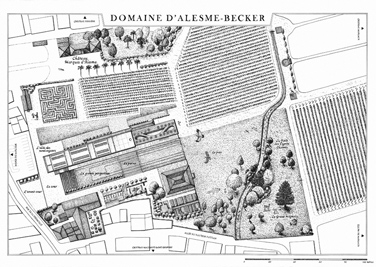
A MAMMOTH TASK
The ambition of Nathalie Perrodo and her family was and still is to anchor the estate into a new era. Work began to reinvent the property: a new vat room, new cellars, a private pavilion, a reception area devoted to wine lovers, and a series of gardens were created. The far-reaching project undertaken by Nathalie Perrodo creates a bridge between her two cultures (East and West) and perpetuates the entrepreneurial spirit and the cultural heritage of the Perrodo family.